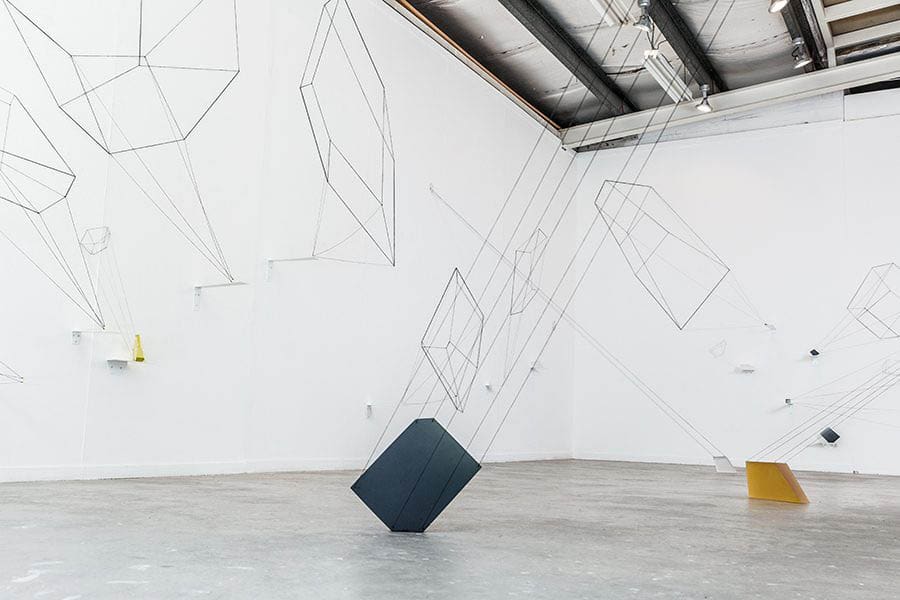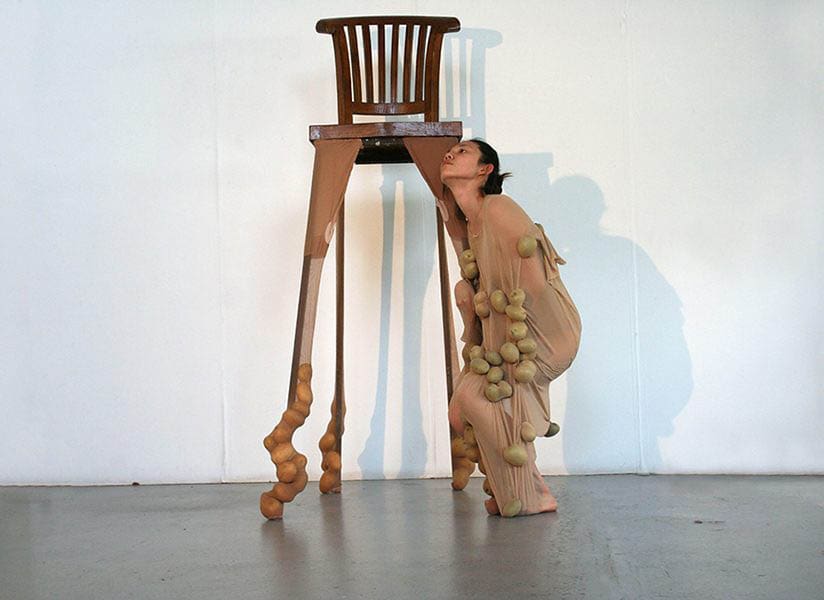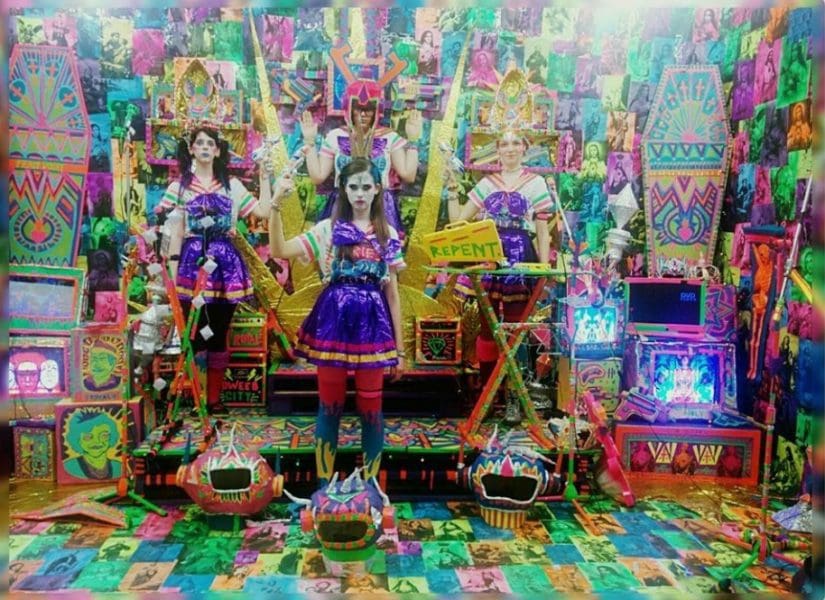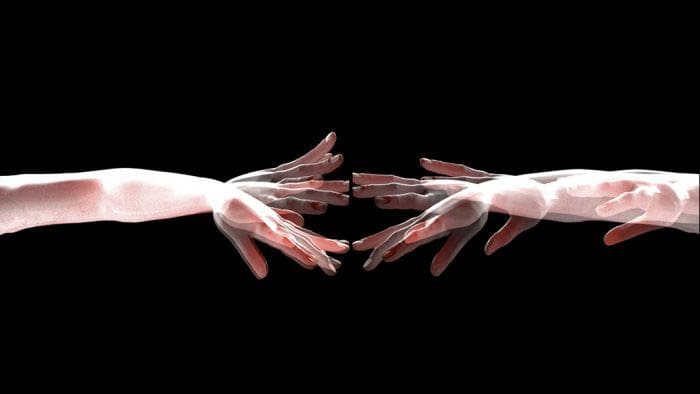
Making Space at the Table
NAP Contemporary’s group show, The Elephant Table, platforms six artists and voices—creating chaos, connection and conversation.





Hatched, now in its 25th year, is the Perth Institute of Contemporary Art’s annual survey of recent visual arts graduates. Curated this year by Nadia Johnson, it’s a snapshot of that nebulous and shifting construct, contemporary practice.
This year 34 students have been selected from 23 schools, and it’s worth pointing out that of these exhibitors, 26 are women (76%). Recent research in Elvis Richardson’s Countess Report suggests that while women make up around two-thirds of visual arts graduates, the gender (im)balance reverses sharply once they leave art school, and women make up only 34% of artists exhibited in state galleries. So it’s significant to have such a high number exhibiting at PICA, representing the most industry-ready of their peers.
This year’s crop of graduates engage strongly with video, sound, performative installation and photography, expertly blurring the lines between forms and disciplines. References to practice-as-research abound. This is particularly evident in Ecological Haunts (ii), 2015, by Selena de Carvalho. The graduate from the University of Tasmania won the $35,000 Schenberg Art Fellowship, which is awarded annually to one exhibitor in Hatched, for her interactive installation. This multimedia work combines video and natural materials with a soundscape that features a recording of sap flowing inside a 10,500-year-old Huon pine tree. This work is assured, refined and quietly poetic.

Drawing is recast in three dimensions by both Rhiannon McAuliffe and Madisyn Zabel. Both artists play with spatial perception and line. McAuliffe’s continuous-line portraits are cut from plywood and hung to produce mesmerising shadow-selves, more real somehow than their solid counterparts. Zabel’s graceful geometric shapes are drawn with string-lines on the wall and appear to float in space, drifting away from the viewer.
Several artists explore the body: in relationship with other bodies, with the environment, with built structures, with its own potential for beauty and abjection. No holds are barred in Laetitia Olivier-Gargano’s The mushrooms between my toes, 2015. Yet at first glance her modest shelf of objects seems unremarkable. On closer inspection, however, each element (hairy goose-pimpled flesh balls, a toothbrush with the paste replaced by a fleshy lump of skin sprouting stiff hairs) is perfectly poised to cause a push-pull of repulsion and intrigue. The effect of these works is a tangible skin-crawl.
Taking a different approach to the bodily, in Please Touch, 2015, Emmaline Zanelli uses documentation of her own skin, digitally printed on fabrics and papers. These become props in performances which are re-photographed. In these final images the performer is hidden by fabric, apart from her hands which poke through the flap of a skin-tent, reaching. The works obliquely reference bodily encounters, caresses or violations, and skin-memories that remain. This is a considered and rigorous series.
Several artists probe notions of queerness, both as an identity and as a way of experiencing the world. Adam Anderson’s series Pluto’s Satellites, 2015, uses performance to explore gender, beauty and the absurd. In Athena Thebus’s Angry Angel, 2015, a suspended Gyprock ceiling and a waiting-room chair stand in for the bland packaged bureaucracy experienced in Centrelink, hospitals and supermarkets. However, this ceiling leaks some visceral substance; it pools on the chair, drips to the floor. The fluidity of queerness is cast as a spreading, disruptive, bodily force.
Warraba Weatherall, an Indigenous man of the Kamilaroi Nation in Queensland, explores cultural identity and makes a parallel between traditional ceremony and contemporary art practice with his impressive large-scale painting Bora, 2015. Pascale Giorgi has produced a wry take on her own heritage with her video Italo-Australian Anthem, 2015. Dressed as a Doric column, the artist dances behind her father as he sings a Latin translation of Joe Dolce’s 1980 hit Shaddup You Face. Lo-fi, with deliberately clumsy effects, the layers of cultural caricature come together to produce an awkward, humorous pathos.
Concerns with identity, sexuality, culture and the future, as well as a search for the authentic in a multi-faceted, neo-liberal society run through many of the works in Hatched 2016. These graduates, while assured in their practices, show that they understand what it means to wrestle with their place in the world.
Hatched: National Graduate Show 2016
Perth Institute of Contemporary Art
14 May – 17 July